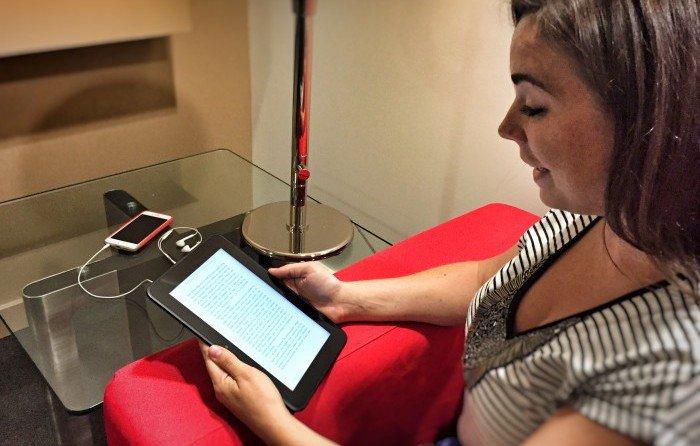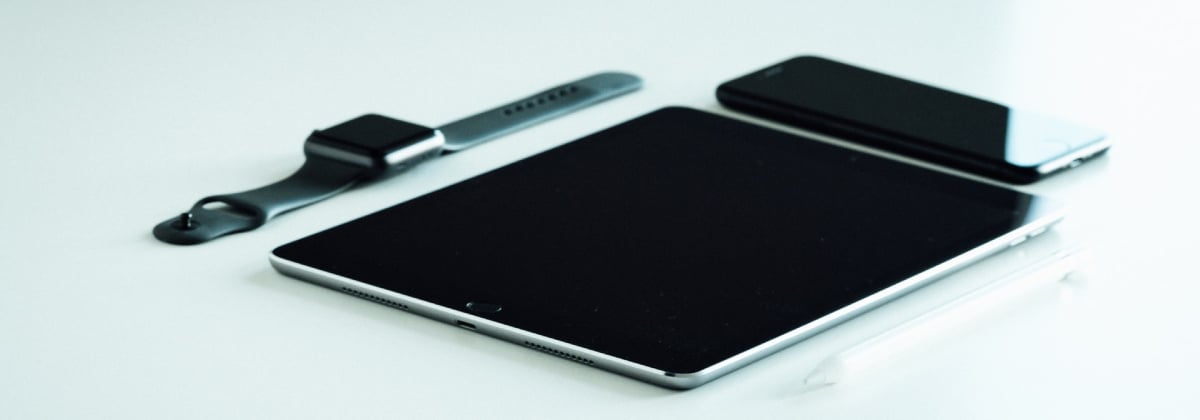
Recently, I did something I hadn’t tried before: I was “reading” a book in two separate formats on two different devices. In the mornings on my walk I listened to the audio book using the Audible app. In the evenings, at home, I read the digital book on my Kindle. What I soon discovered is that both apps were aware of my progress on the other. So each evening my Kindle asked me if I wanted to advance to the location where I had left off that morning in the audio book. This is an example of continuity—creating a seamless experience across the many devices we use on a daily basis.

The most basic type of continuity relies on cloud-based syncing services such as Dropbox and iCloud. As a long-time 1Password user I have the app configured on all my devices (Macs, iPhone, iPad) to sync via Dropbox. If I create a new login on one of my Macs, it is instantly available via 1Password on all my other devices. Another favorite app is Paprika—a cooking app available for Mac, iPhone, and iPad. Here the experience across devices supports how the work gets done. I typically plan meals using my Mac, buy the groceries from the app’s shopping list on my iPhone, and then prepare the meal using my iPad.
While cloud-based services are the most common method of delivering a seamless experience, Apple in particular has begun to take the idea further with functionality that allows devices to be locally aware of each other. Device awareness can be accomplished over local WiFi or Bluetooth and need not require a connection to the cloud. For example, at work where both my Mac and iPhone are on the same WiFi network, I can make and receive phone calls from my Mac. When I’m traveling and don’t have easy access to WiFi, my Mac senses my phone via Bluetooth (even if it’s in my purse) and with a single click I’m able to use my phone as personal hotspot for my Mac. If I’ve been browsing a website on my phone, I can go to my Mac where Safari alerts me with a “handoff” icon that I can continue that browsing on my Mac.
It’s important to note that the above “device awareness” examples work within a single eco-system: Audible and Kindle are both within the Amazon eco-system. And at this time Apple continuity features are not only limited to Apple hardware, but mostly to the Apple native apps.
What does this all mean to us as user experience designers? As devices continue to proliferate, including wearables, smart homes, and in-car systems, there will be increasing need to consider seamless experiences. While technical barriers may exist today, it’s important to think beyond those barriers to the future. In my mind, this is where scenario-based design can be valuable—putting tasks in real-world contexts and journeys.
Questions to ask include the following:
- What devices might the user have nearby?
- What tasks might be likely to be started on one device but continue on another? Are there any likely interruptions that would cause the user to switch devices?
- Are there transitions from a digital context to a physical context (for example, from a store’s app to the physical store)?
- How might one device help another perform a task?
- How can awareness among devices not only smooth task flows, but also create opportunities for delight?
What are your thoughts on continuity and how it can enhance a user’s experience?
Heidi works in Interaction Design and is a Partner at Blink. She divides her leisure time between classical music, cooking, and the Seattle Mariners.
